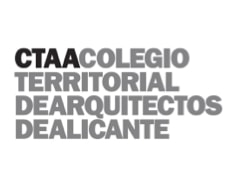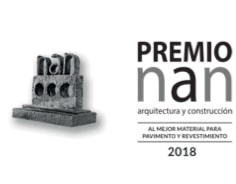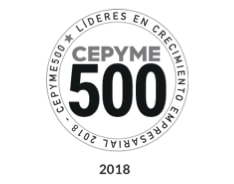Ventilated façades: the perfect insulation
Ventilated façades have become a firm favourite among architects and developers due to their many benefits and ability to protect buildings from the elements.
Ventilated façades: what are they and how do they work?
Ventilated façades are one of the most effective construction systems for insulating buildings. The technique involves leaving an air chamber between the insulation and cladding, which prevents thermal bridges and condensation issues.

How ventilated façade systems work
Ventilated façade systems leave an air chamber between the insulation and cladding, creating perfect insulation and preventing energy loss, which results in an efficient and sustainable solution.
Ventilated façade systems leave an air chamber between the insulation and cladding, creating perfect insulation and preventing energy loss, which results in an efficient and sustainable solution.
Secondly, the air chamber, which is the space between the wall and the insulating layer. The benefits of this chamber include providing ventilation in summer and preventing condensation of moisture in winter.
Thirdly, the insulating layer, which is placed on the supporting wall to increase soundproofing and provide better thermal insulation.
Thirdly, the insulating layer, which is placed on the supporting wall to increase soundproofing and provide better thermal insulation.
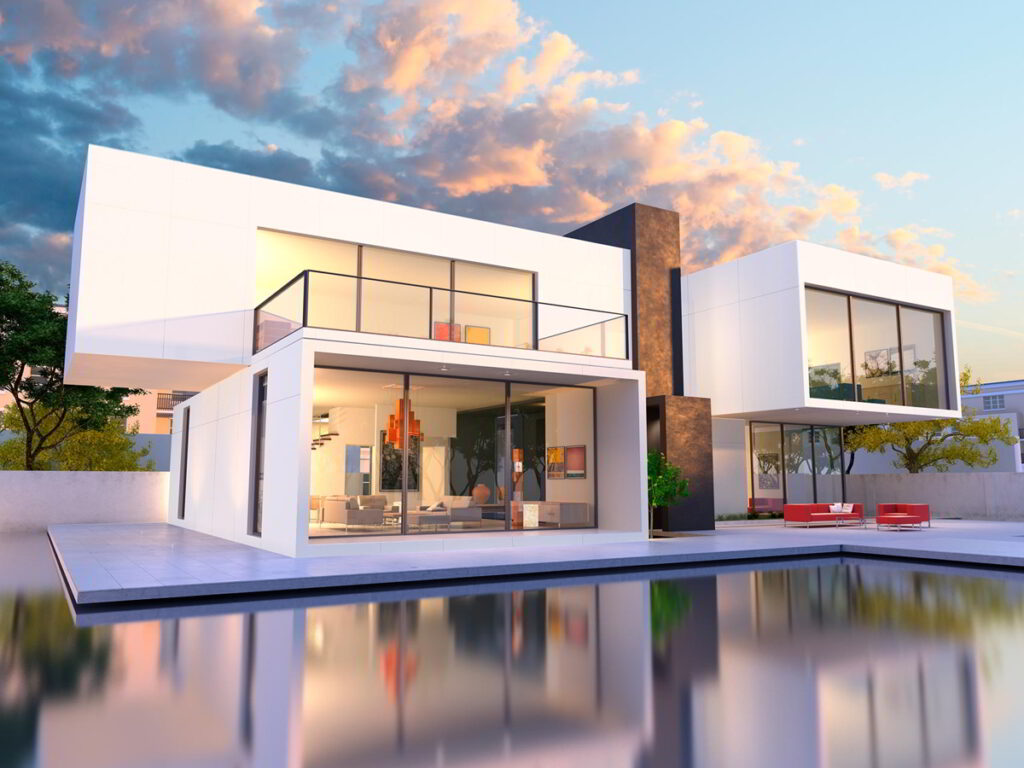
Benefits of ventilated façades
Over the last few years, there has been a huge boom in ventilated façade systems, which are being used more and more in different projects all around us. This is because this type of façade offers many benefits.
Firstly, better insulation can result in energy savings of 25-40% due to less heating being used in winter and reduced air conditioning costs in summer. Furthermore, the condensation problems common in damp or humid environments are avoided thanks to the air chamber, which helps the water inside to evaporate as well as preventing possible leaks.
Firstly, better insulation can result in energy savings of 25-40% due to less heating being used in winter and reduced air conditioning costs in summer. Furthermore, the condensation problems common in damp or humid environments are avoided thanks to the air chamber, which helps the water inside to evaporate as well as preventing possible leaks.
Finally, a key feature of ventilated façades that has developed most over recent years is its technical durability: improvements have been made to ensure the mechanism lasts without losing any of its quality.
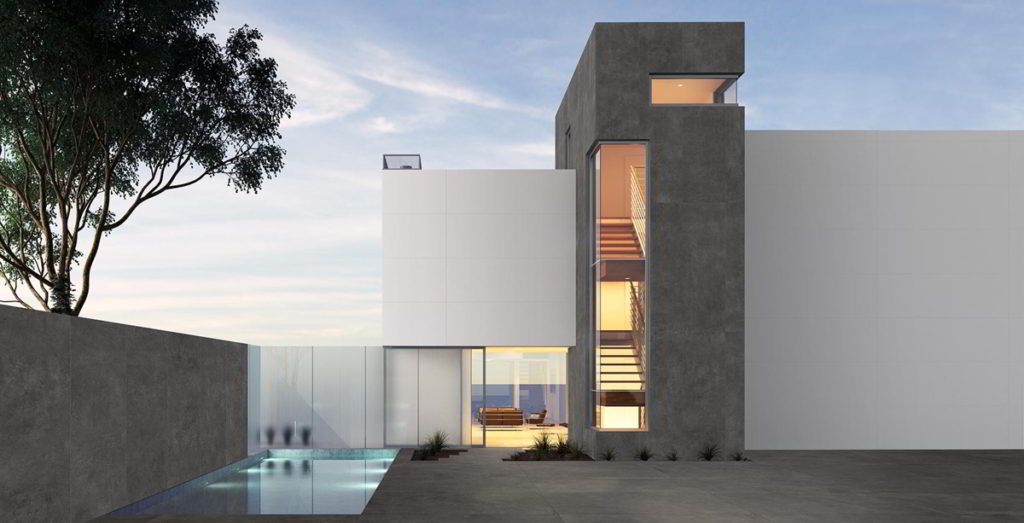
What does this mean in terms of energy efficiency?
Nowadays, one of the main concerns of architects and interior designers is trying to build as efficiently as possible, taking advantage of all available resources to improve the energy efficiency of buildings.
People are becoming increasingly aware of the importance of sustainability and using natural resources, which has a direct impact on architecture, as developers try to achieve the best possible results using the least amount of resources. Architects are therefore trying to reduce any type of energy consumption in order to be as efficient as possible.
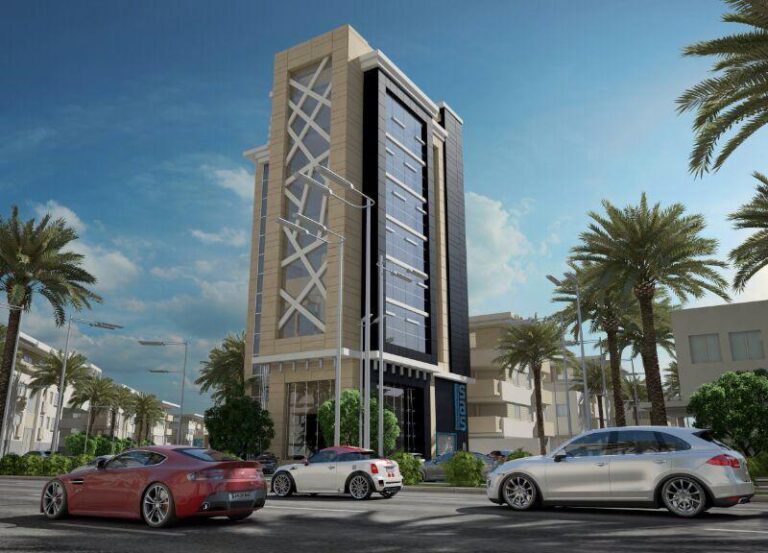
Placement and installation of parts
ARKTECH GL SYSTEM is a self-supporting aluminum and stainless steel metal frame kit for ventilated facades and designed for Arklam Slim 6 mm.
This innovative anchoring system for fixing lightweight panels requires few elements, which makes it a very simple system to install, and due to the wide variety of lightweight panels on the market, it is easy to give the building a unique, safe and really effective architectural design.
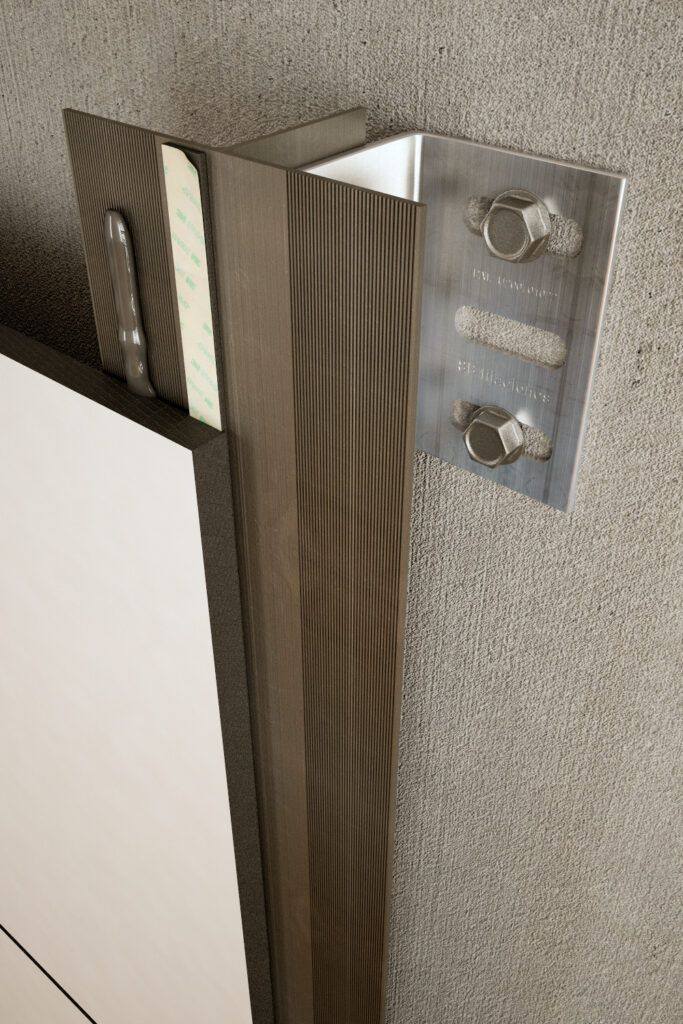
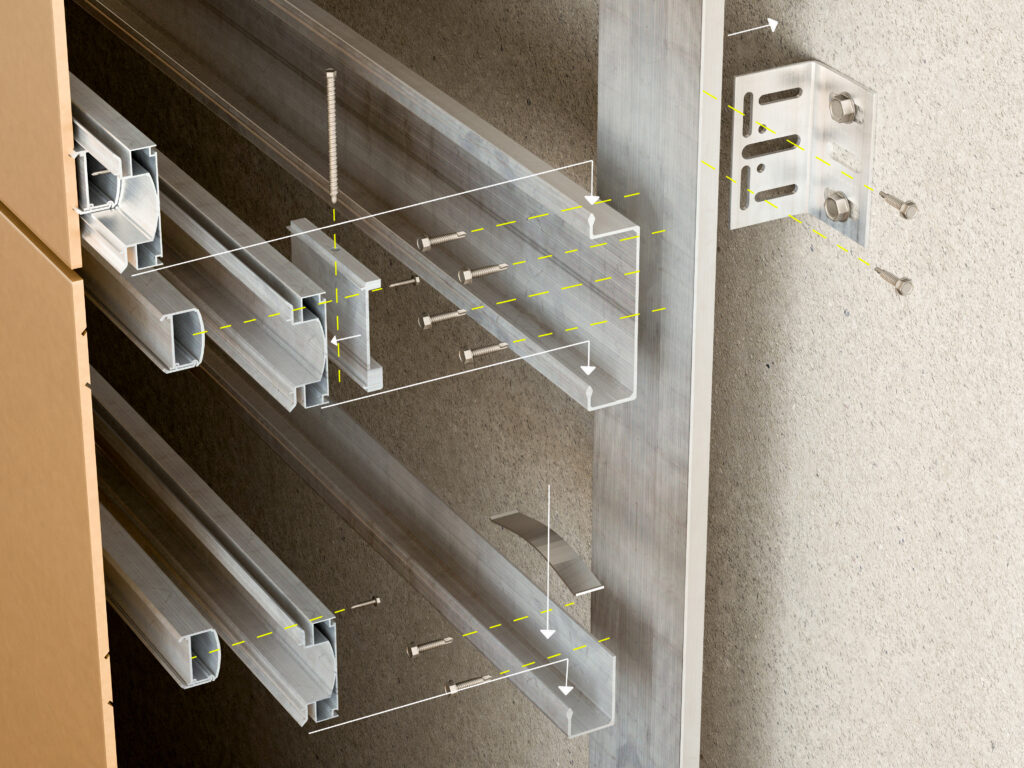
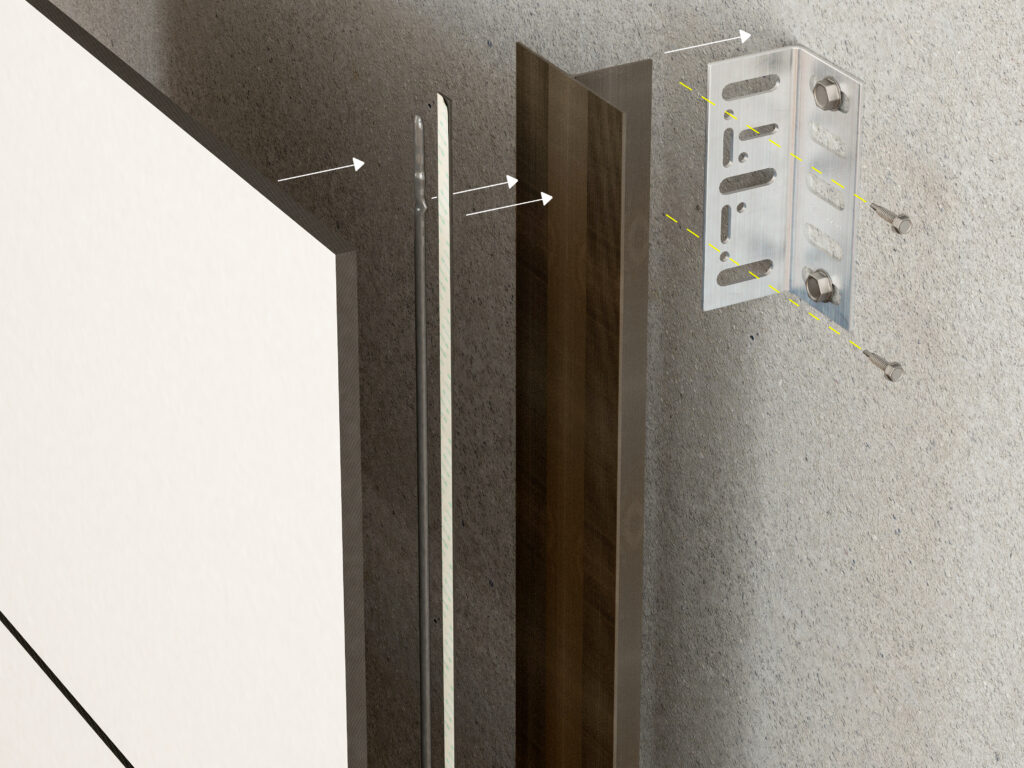
The system consists of support and retention brackets, vertical profiles in the shape of a “T” and”. The panels will be fixed to the vertical profiles with a gluing system called Sikatack panel, consisting of double-sided tape and adhesive.
Cladding materials for ventilated façades
Another benefit of ventilated façades is that the cladding is very easy to install, as it is attached with mechanical fasteners, guides or on aluminium structures. If the material used is resistant, it requires little maintenance, which is a major advantage in the long run. It’s worth noting that ventilated façades are available in countless finishes since, thanks to their fastening systems, different sizes and thicknesses can be installed depending on the requirements and final look of the project.
Arklam adds the benefits of sintered mass, such as its great lightness and thin thickness (6 mm) and its exceptional finishes, which make it an outstanding choice to dress the skin of any type of building, both new construction and renovation.
Recommendations
To guarantee 100% safety, Arklam recommends coating the inside of the parts that will form part of the ventilated facade with fiberglass. In this way, a complete fastening is ensured without the risk of any fragment of the pieces separating from the façade.




